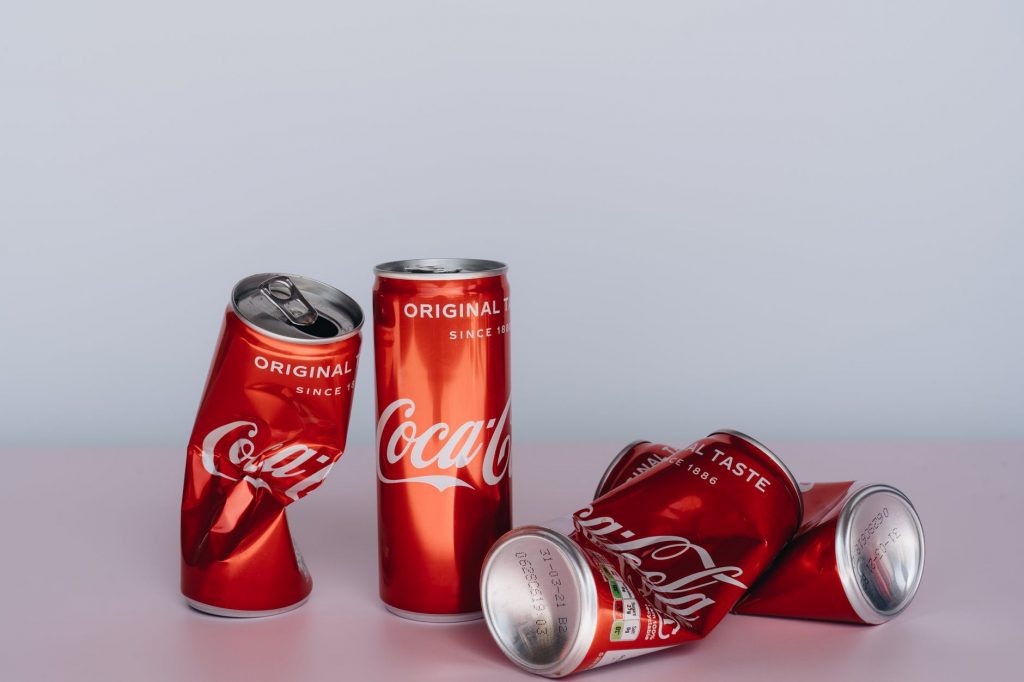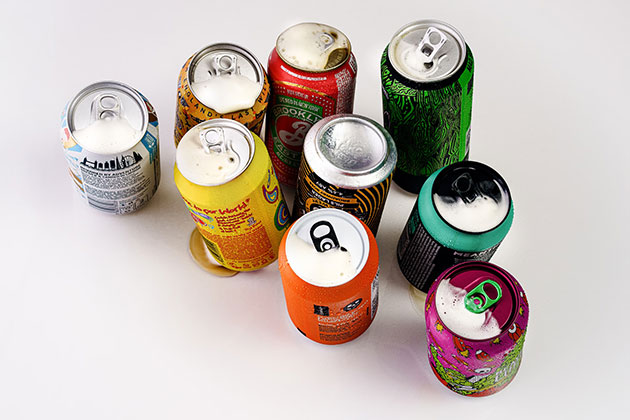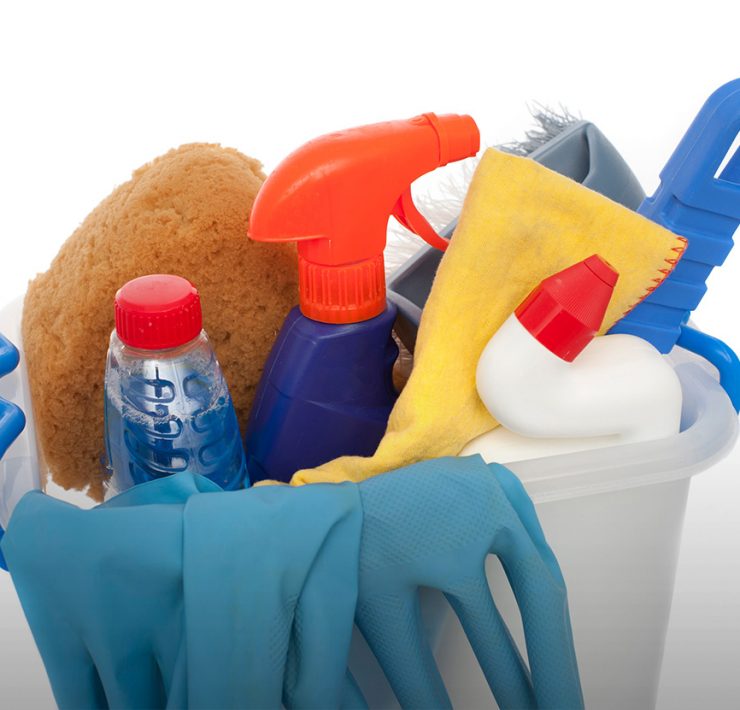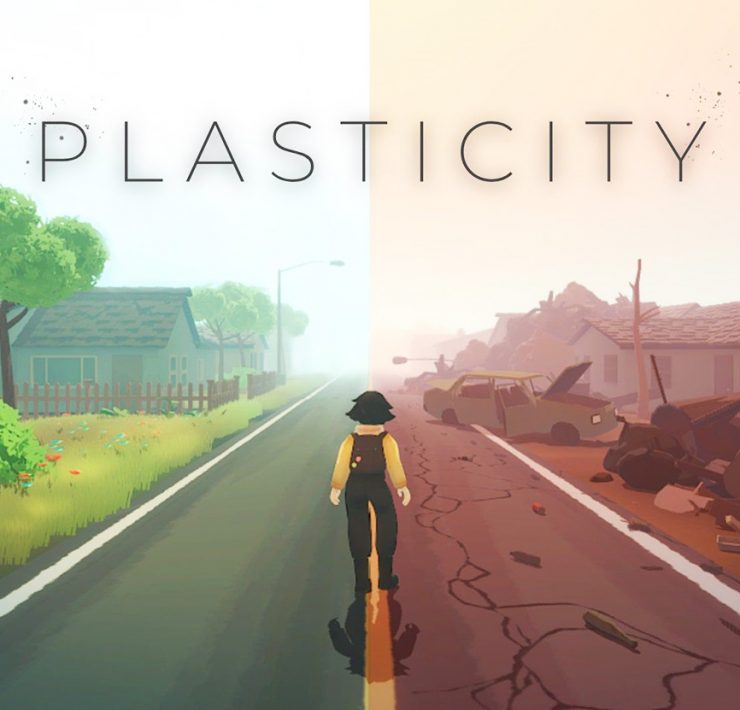Cans vs Bottles: A beverage container saga
- Would the environment prefer that you drink your soda out of a can or a bottle? Turns out, it actually would rather you make lemonade from the many lemons it gives you.

Siddhant brews his own kombucha, tries to grow his own…
You can buy Coca-Cola in a PET plastic bottle or aluminium can from any FMCG retailer, or pop into a restaurant and drink it from a glass bottle. The plastic bottle and aluminium can will probably end up in the trash can after you’ve drank your Coke. The glass bottle is sent back to a bottling plant, cleaned, and reused, until it’s eventually deemed old and haggard, and discarded. All three containers end up in the trash eventually, but their journeys getting there and life thereafter have very different ramifications for the environment.
PET can be recycled only once, which means that the resultant product made by recycling it eventually ends up in a landfill or ocean
PET (polyethylene terephthalate), aluminium, and glass or all technically recyclable. PET can be shredded and melted to make other plastic items, aluminium begets aluminium, and glass is recycled to make new glass. However, it is worth noting that PET can be recycled only once, which means that the resultant product made by recycling it eventually ends up in a landfill or ocean anyway; new glass can only contain a certain amount of old glass, which makes it difficult to effectively recycle 100% of glass waste; and aluminium can be recycled somewhat infinitely.
Aluminium cans offer up a few other benefits: they are lighter and more space-efficient, and thus require fewer trucks, boats, and planes to carry them from place to place. Aluminium also cools much faster, necessitating lesser energy for chilling drinks in cans and keeping them so.

The mining and manufacturing of virgin aluminium is an energy-intensive process that causes water pollution and land degradation.
Aluminium seems like a clear winner here, but dig deeper, and this clarity quickly goes away. Aluminium is mined from bauxite, a mineral-rich rock. The mining and manufacturing of virgin aluminium is an energy-intensive process that causes water pollution and land degradation. The production of a 300ml aluminium can release as much as 1,300 grams of carbon-dioxide at its worst, equivalent to driving your car for around eight kilometres. A PET bottle of the same capacity only releases 330gms. Recycling aluminium has a lower carbon footprint, but it still requires large amounts of energy to melt and forge.
And there’s always the problem of cost. Aluminium is still around 25 to 30 percent more expensive than plastic. Are customers always willing to bear that additional cost if it is passed on to them? Unlikely.
No packaging waste will always be better than aluminium, or plastic, or glass packaging waste. If you really have a hankering for beverages, make some at home.

Does this mean that you as an average Joe consumer are stuck between a rock and a hard place when it comes to choosing the most sustainable packaging for your beverages? Kind of. If you are worried about the carbon footprint of your beverage purchasing decisions, the best solution, as it nowadays always is, is to simply reduce your consumption. No packaging waste will always be better than aluminium, or plastic, or glass packaging waste. If you really have a hankering for beverages, make some at home. Lemonade is the OG refresher, and if you’re so inclined, you can easily start brewing kombucha or water kefir at home. I’ve been doing the kombucha thing — it’s groovy.
Siddhant brews his own kombucha, tries to grow his own vegetables, cycles to places, and wears plaid shirts, but insists he is not a hippie.







